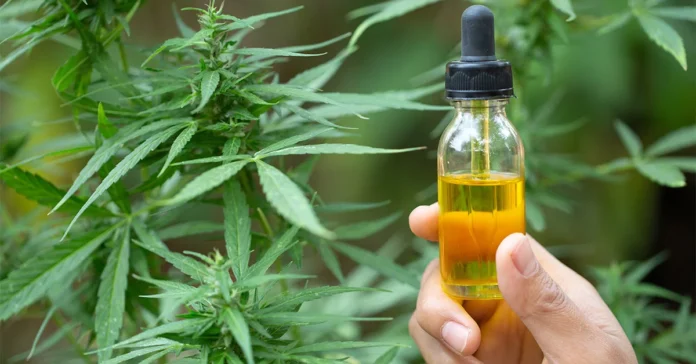
Cannabis, a plant with a rich history in human culture, is well-known for its psychoactive and medicinal properties. The plant contains various compounds, including THC (tetrahydrocannabinol), CBD (cannabidiol), and THCA (tetrahydrocannabinolic acid), which is a non-psychoactive precursor to THC. When cannabis is consumed, it is the THC that is primarily responsible for the psychoactive effects.
Table of Contents
Genetics and Strain Selection
The journey to cultivate high-quality cannabis begins with selecting the right strain. Breeders choose strains based on several factors such as potency, aroma, flavor, and growth characteristics. The genetic makeup of the plant determines its potential to produce THCA and other cannabinoids. Breeders often crossbreed strains to combine desirable traits and create new hybrids.
Ideal Growth Conditions
Marijuana plants thrive in specific environmental conditions. Key factors include light, temperature, humidity, and soil pH. Indoor cultivation allows for precise control of these conditions, leading to consistent quality and potency. Outdoor cultivation depends more on natural conditions and can produce larger yields, but with greater variability.
Nutrition and Watering Practices
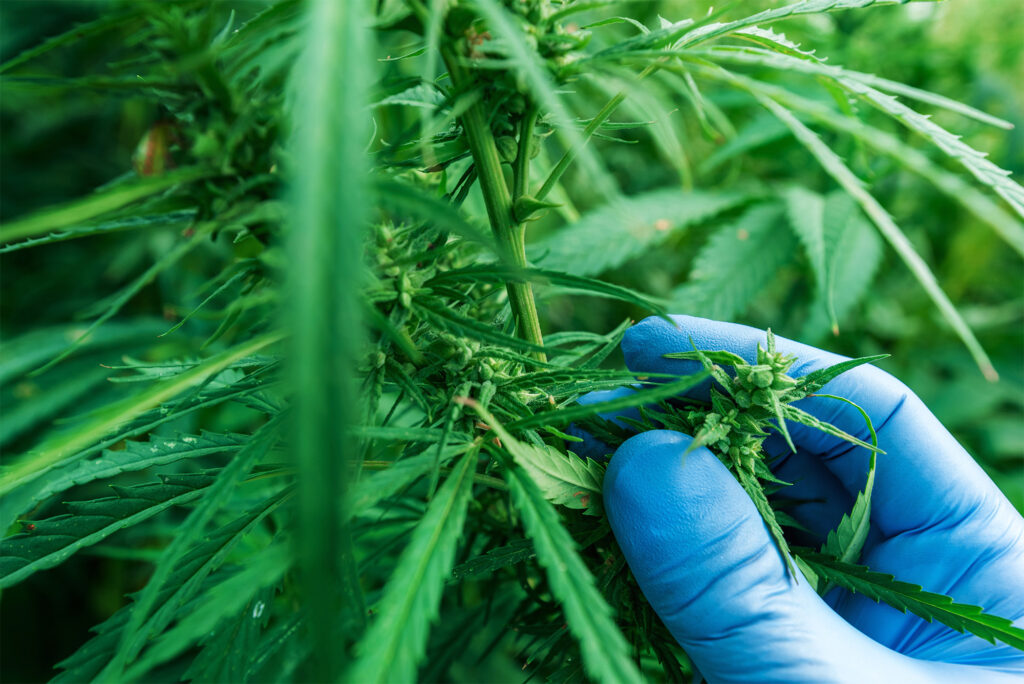
Proper nutrition is crucial for ensuring the healthy growth of thca-flower. Cannabis plants require a balanced mix of nitrogen, phosphorus, potassium, and other micronutrients. Over or under-fertilization can negatively impact plant health and cannabinoid production. Watering practices must also be carefully managed, as both overwatering and underwatering can stress the plants and affect their development.
Phases of Growth
Cannabis growth involves several stages: germination, seedling, vegetative, and flowering. Each stage has specific requirements for light, nutrients, and water. The flowering phase is particularly critical for THCA production, as this is when the plant develops its buds and cannabinoids are synthesized in higher concentrations.
Harvesting and Curing
The timing of the harvest is crucial. Harvesting too early can lead to lower potency, while harvesting too late can result in a degradation of cannabinoids. After harvest, the cannabis is dried and cured. Proper curing enhances the flavor and potency of the final product by allowing for a slow degradation of chlorophyll and a gradual conversion of THCA into THC.
Post-Harvest Processing and Quality Control
After the curing process, the Marijuana undergoes post-harvest processing. This includes trimming to remove excess leaves and stems, which improves the appearance and reduces harshness when consumed. Quality control is essential at this stage to ensure the product is free from contaminants such as mold, pests, or residual chemicals.
Understanding the Role of THCA
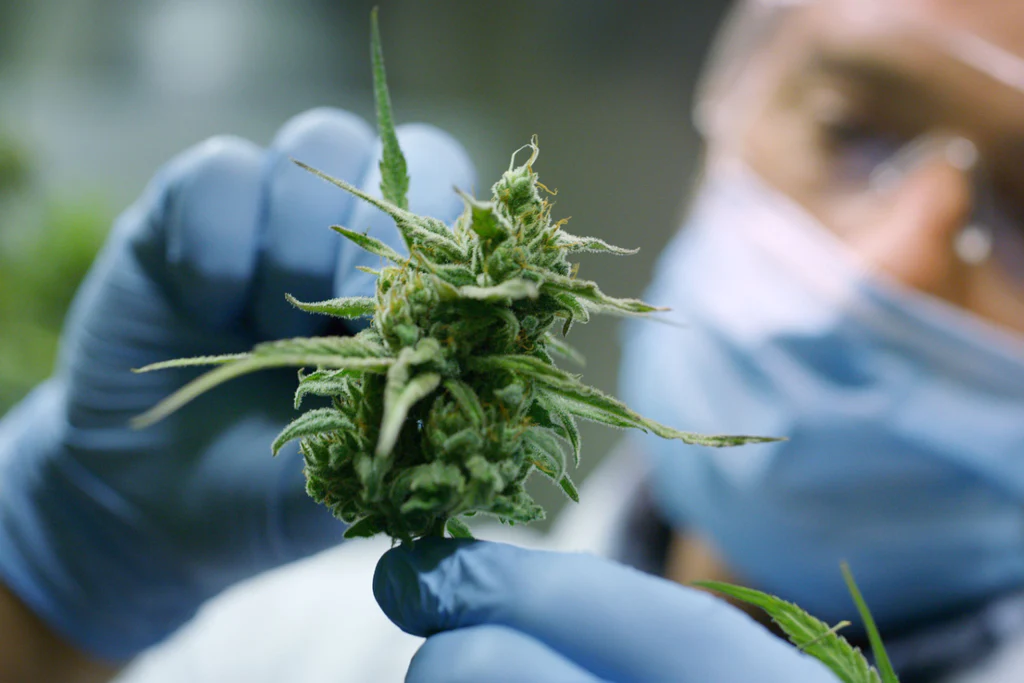
THCA, present in raw cannabis flowers, is non-psychoactive. It converts to THC, a psychoactive compound, when exposed to heat in a process known as decarboxylation. Understanding this conversion is crucial for producers and consumers, as it affects the product’s potency and effects. THCA is also studied for its potential therapeutic benefits, separate from those of THC.
The Science of Cannabinoid Synthesis
Cannabinoid synthesis in the Marijuana plant is a complex biochemical process. It involves several enzymes that convert precursor molecules into various cannabinoids like THCA. This synthesis is influenced by the plant’s genetics and environmental factors during growth. Understanding this process helps in optimizing cultivation techniques for higher cannabinoid yields.
Technological Advances in Cultivation
Advancements in cultivation technology have significantly impacted cannabis production. Automated systems for lighting, watering, and climate control allow for more precise management of growing conditions. These technologies help in producing consistent and high-quality Marijuana while reducing labor and resource costs.
Legal and Ethical Considerations
Cannabis cultivation must adhere to legal and ethical standards, which vary by region. Compliance with laws regarding cultivation, processing, and distribution is crucial. Ethical considerations include sustainable growing practices, responsible use of resources, and ensuring product safety for consumers.
The Future of Cultivation
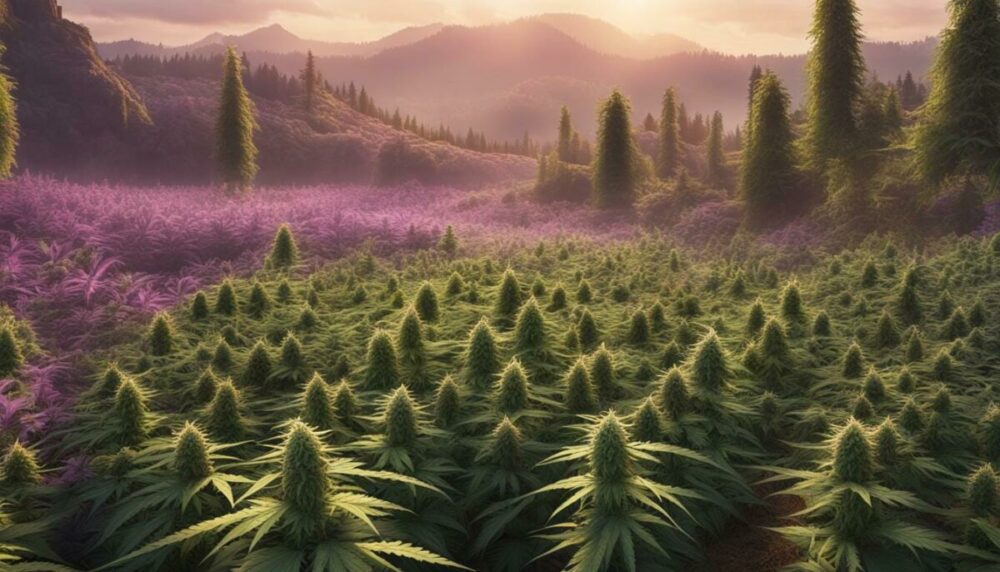
The future of Marijuana cultivation looks promising with ongoing research and technological advancements. New discoveries in plant genetics, cultivation methods, and cannabinoid applications continue to evolve the industry. The potential for more efficient, sustainable, and varied cannabis products is immense, promising exciting developments for both medicinal and recreational markets.
Advances in Genetic Engineering and Cannabis
Recent strides in genetic engineering offer new possibilities in cannabis cultivation. Scientists are exploring ways to manipulate the Marijuana genome to enhance certain traits like disease resistance, yield, and specific cannabinoid profiles. This genetic manipulation could lead to strains with higher THCA content or strains that are more suited to specific climatic conditions, revolutionizing the way cannabis is grown.
Environmental Impact and Sustainability in Cannabis Cultivation
Sustainability is becoming increasingly important in cannabis cultivation. Growers are adopting practices that minimize environmental impact, such as using organic fertilizers, implementing water-saving irrigation systems, and using renewable energy sources. Sustainable cultivation not only benefits the environment but also leads to healthier, cleaner cannabis products.
The Importance of Testing and Compliance
Testing is a critical aspect of the cannabis industry. It ensures that products are safe, consistent, and of high quality. Laboratories test for cannabinoid content, terpene profiles, and contaminants like pesticides, heavy metals, and microbes. Compliance with testing regulations is essential for the legitimacy and safety of the industry.
Innovations in Cultivation Techniques
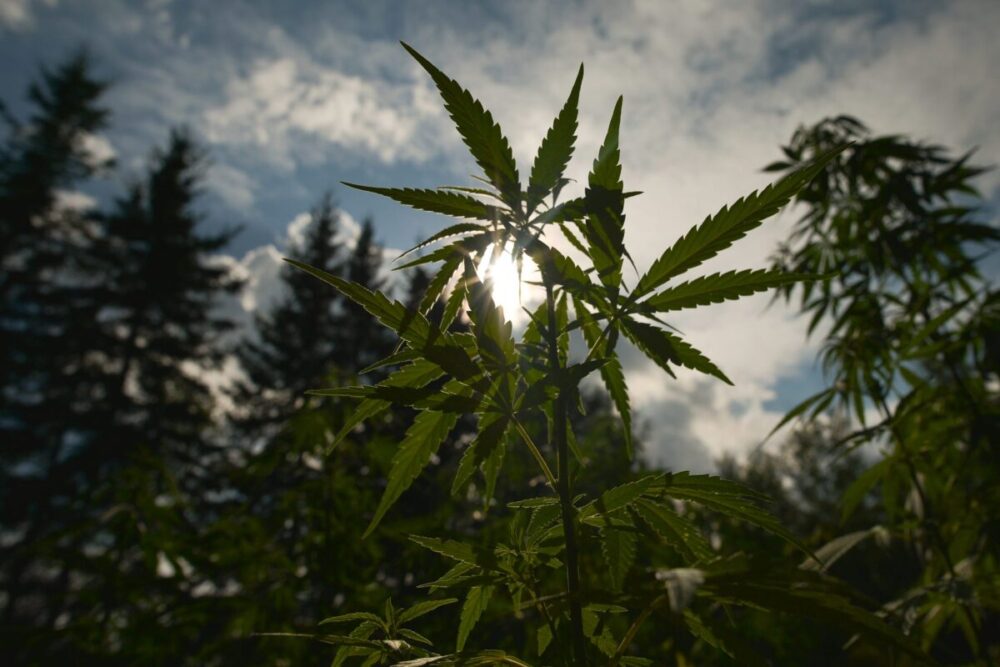
Innovations in cultivation techniques continue to emerge. Hydroponics, aquaponics, and aeroponics are soil-less cultivation methods that offer efficient nutrient delivery and faster growth rates. These methods also reduce the risk of soil-borne diseases and pests. Such innovations contribute to higher quality cannabis and more efficient production processes.
Consumer Education and Market Trends
As the cannabis industry grows, consumer education becomes increasingly important. Educating consumers about different strains, cultivation methods, and the effects of various cannabinoids helps them make informed choices. Additionally, understanding market trends allows cultivators to tailor their products to consumer preferences, whether for recreational or medicinal use.
Challenges and Opportunities in Cultivation
Cannabis cultivation faces challenges such as regulatory hurdles, market competition, and the need for continuous innovation. However, these challenges also present opportunities for growth and development. As the industry evolves, there is immense potential for new discoveries in cannabinoid research, cultivation technologies, and sustainable practices.
End Note
In summary, the cultivation of Marijuana, particularly focusing on THCA, is a dynamic field that encompasses a broad range of disciplines and knowledge. From selecting the right strain to post-harvest processing, each step is integral to producing high-quality cannabis. Advances in technology, genetics, and sustainable practices continue to shape the industry, presenting both challenges and opportunities. As the legal landscape evolves, so too does the potential for cannabis to play a significant role in both medicinal and recreational markets.







